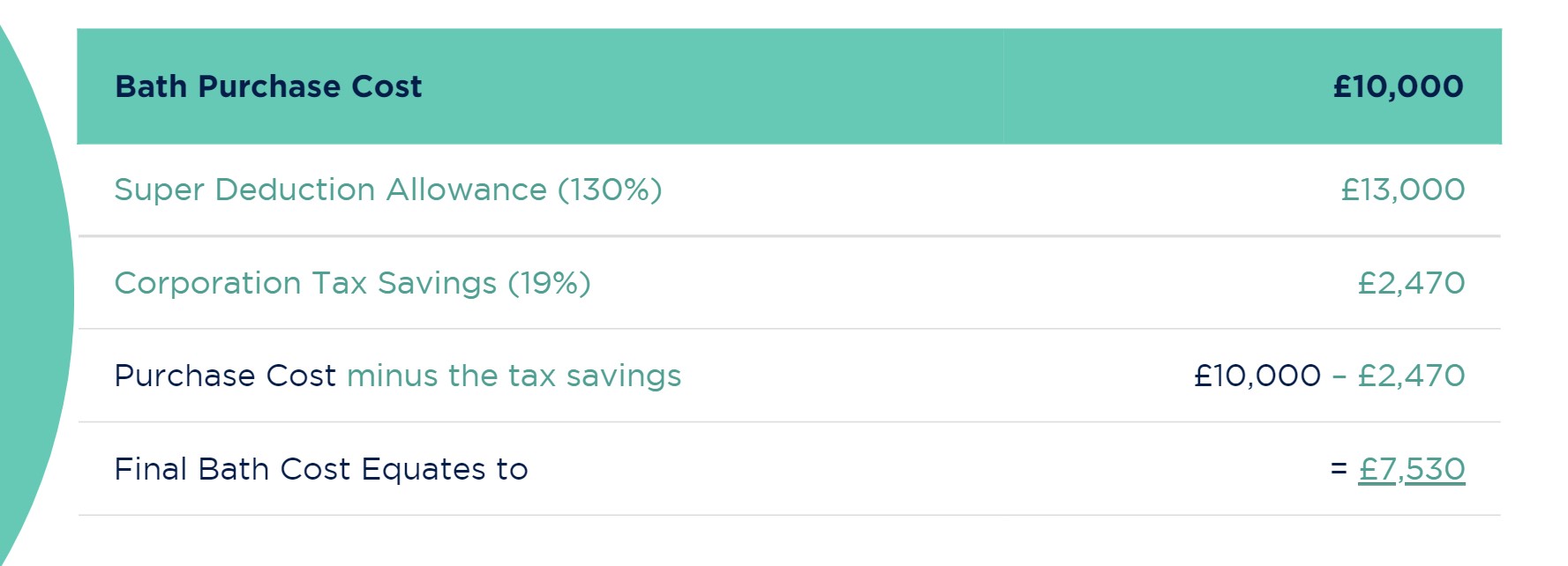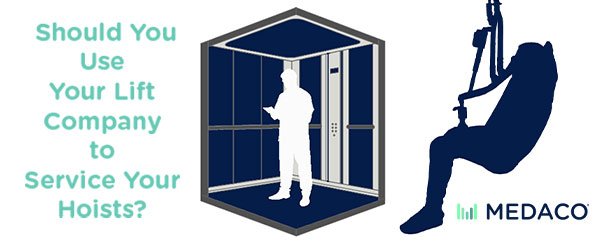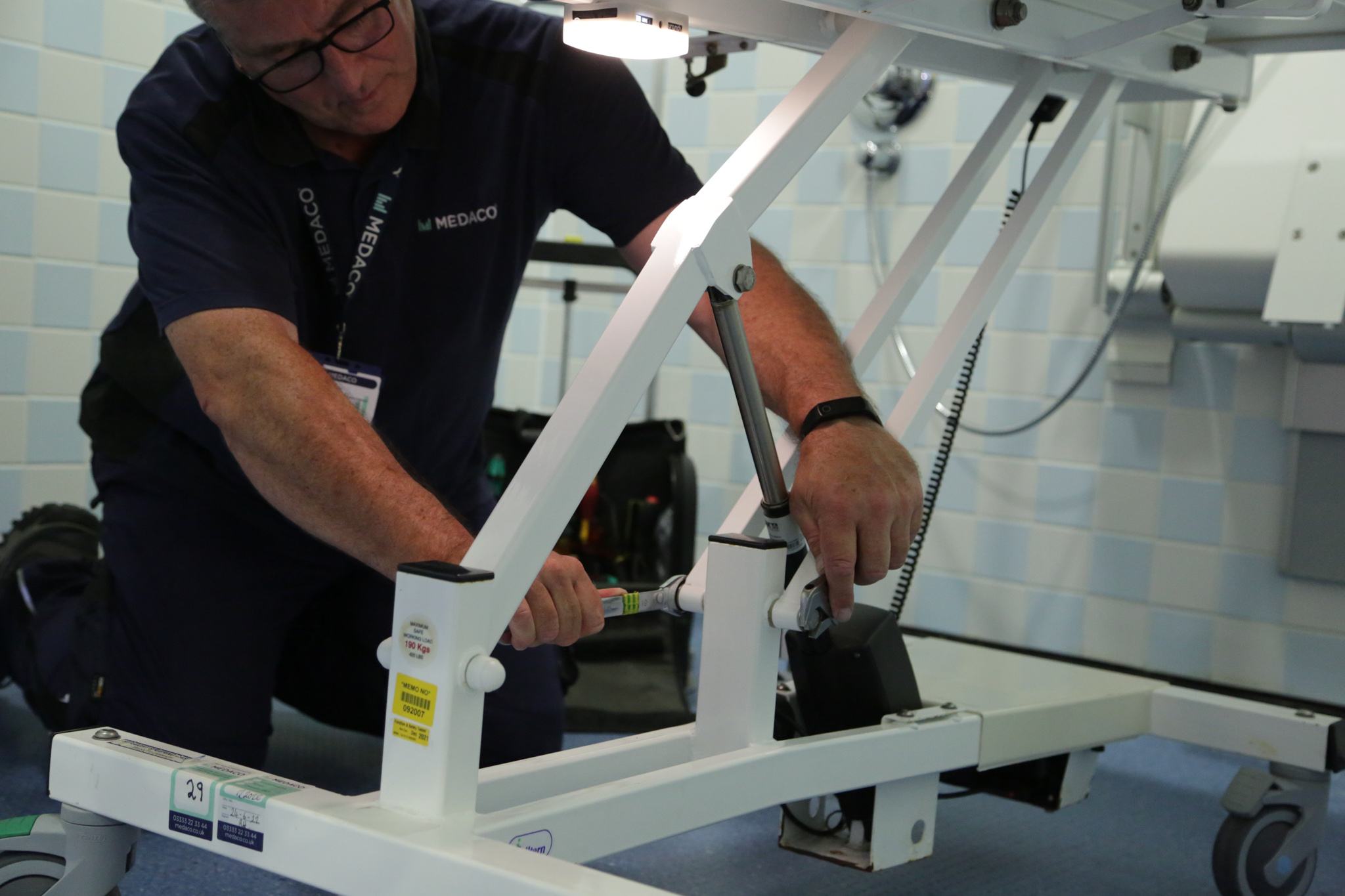What are the Risks of Your Care Equipment Falling out of Compliance?
20 Minute Read
Asset Management | Compliance | Healthcare Equipment | LOLER | Patient Handling Equipment | PPM | PUWER | Regulations | Service
Managing a care facility, whether a care home, hospital or SEND school, requires constant vigilance to health and safety. The tiniest slip-ups, like a piece of equipment being missed on the service and maintenance schedule, can have drastic or even fatal consequences.
Owners and responsible people within care facilities must make sure the equipment they provide is regularly serviced and maintained to ensure it is safe for use.
- Do you know the status of all the care equipment in your organisation across all your sites?
- Could there be equipment which has been missed on the service inspections and so fallen out of compliance?
- Do you know the risks if your equipment falls out of compliance?
This comprehensive article provides an overview of the regulations you need to be aware of when it comes to your care equipment, as well as exposes the risks you could face if your equipment isn’t compliant.
Use the links below to jump straight to the sections of most interest:
What are the Regulations Around Compliance for Care Facilities?
There are many Health and Safety regulations which care operators must abide by, and knowing what these legal requirements are is crucial to the safe running of your care facility.
LOLER (Lifting Operations and Lifting Equipment Regulations, 1998)
The LOLER regulation relates to all lifting equipment, including mobile hoists, ceiling hoists and their accessories such as slings and scale attachments. You can read more about the LOLER regulations here: What is a LOLER Inspection?
The regulations ensure your equipment receives a 6 monthly inspection to judge whether it is safe to continue using or if any recommended or mandatory repair works need to be completed to keep it working.
Similar to an MOT, a LOLER inspection should be carried out between two dates, 6 months apart. So if a LOLER inspection is carried out on the 1st April, then the next inspection must be carried out before 1st October. The service sticker should state when the last inspection was carried out and when the next one is due, if there is no service sticker or the date is overdue – then your equipment is out of compliance.
PUWER (Provision and Use of Work Equipment Regulations 1998)
The PUWER regulation relates to all equipment used for work, including the lifting equipment which falls under LOLER. Other care equipment which comes under PUWER includes profiling beds, assisted bathing equipment, shower trolleys, couches and plinths.
Whilst LOLER is a visual inspection, PUWER covers a service and maintenance visit which ensures your equipment is maintained in an efficient state and in good repair. You can read more about PUWER here: What is an Annual Service for moving and handling equipment?
Like a LOLER inspection, a sticker should be visible on the equipment to show when it was last serviced. The frequency of service and maintenance visits under PUWER varies depending on the equipment and manufacturer’s recommendations but it is commonly every 12 months. If you don’t abide by this regulation, then your equipment is out of compliance.
Health and Social Care Act 2008 (Regulated Activities) Regulations 2014:
Since 2015, the CQC has had the enforcement responsibility for health and safety incidents under The Health and Social Care Act 2008 (Regulated Activities) Regulations 2014. The two regulations which are important for care equipment are the following:
Regulation 12: Safe care and treatment
This regulation intends to prevent people from receiving unsafe care and treatment and prevent avoidable harm or risk of harm. Providers must make sure that their premises and any equipment used are safe and where applicable, available in sufficient quantities.
12(2)e states you should have systems and processes that assure compliance with statutory requirements, national guidance and safety alerts. The CQC can prosecute for a breach of this regulation, or part of it.
Learn more about Regulation 12
Regulation 15: Premises and equipment
This regulation intends to make sure that the equipment that is used to deliver care and treatment is clean, suitable for the intended purpose, maintained, stored securely and used properly.
15(1)e states providers must make sure that they meet the requirements of relevant legislation so that premises and equipment are properly used and maintained. As well as have operational policies and procedures and maintenance budgets to maintain their equipment.
Satisfying CQC Inspections
One of the five questions that CQC ask during an inspection is: “Is it safe?” This relates to the home and any equipment they own, to make sure it’s well maintained. To satisfy this question, CQC will make sure you have the correct paperwork for your equipment including in date inspection reports and stickers on the equipment being used.
This is cited as a ‘reason for judgement’ on CQC’s inspection reports, such as in the example below:

Medaco offers our customers access to an online customer portal where their service and inspection reports are available to download whenever they need them.
Bed Rail Regulations
If you provide bed rails within your care facility, you also need to make sure you are compliant with the bed rail regulations BS EN Dimensional requirements (BS EN 60601-2-52:2010). Your service and maintenance provider should check this under their service and maintenance schedule for your profiling beds.
How do Facilities fall out of Compliance?
1. Not Having Automatic Service Visits Scheduled in
As mentioned in the regulations above, service and maintenance visits should be on regular maintenance cycles, depending on the equipment. The larger your organisation and the more sites you have means the more equipment you own and need to have maintained. Some care organisations rely on someone internally, such as the maintenance manager, to keep track of all the equipment maintenance cycles and book them in for service visits. This causes risks if that person is away from their duties when the equipment falls out of compliance.
Having a proactive service and maintenance provider who contacts you ahead of your inspection due date will reduce this risk. They will likely have invested in their technology and processes to provide automatic alerts when a piece of equipment is close to falling due. They will also have SLAs and a team of people to ensure this date doesn’t go overdue and you fall out of compliance.
A service and maintenance provider with this capability might end up costing you more upfront but the investment far outweighs any risks you take by falling out of compliance.
2. Having Different Service and Maintenance Providers for Different Equipment and Different Sites
As care providers grow and the needs of their service users change, they increase the volume and type of equipment they have on-site. Some care operators will contract multiple service and maintenance providers to service different equipment i.e. one provider for profiling beds, one for lifting equipment and another for their assisted bathing equipment. With continued growth, more sites may come into the group with their service and maintenance providers.
Over time, this becomes a challenge for management and confusing for staff when they need advice on different equipment. Where several parties are responsible for the management of equipment, such as LOLER compliance, an effective system should be in place for staff to report faults or equipment that is out of compliance, to the correct provider.
Having one provider who can service and maintain most of your equipment across all your sites will streamline your communications, improve efficiencies, reduce costs and provide convenience for staff.
What is the Risk of Falling out of Compliance?
There are several risks associated with the care industry when equipment falls out of compliance.
1. Risk of Serious Injury or Death
The biggest risk of falling out of compliance with the health and safety regulations is the cost and devastation to people’s lives if an accident occurs.
If you research incidents involving patient lifting equipment, bathing equipment or profiling beds, there are many stories surrounding the tragic circumstances that commonly lead to serious life-changing injuries and even death.
The CECOPS reported on an incident which occurred through a failure to adequately maintain a hoist, and provide suitable training on its use. It called the incident ‘avoidable and preventable’ had it been maintained and inspected regularly under the LOLER regulations.
2. Fines and Closures
Regulation 12 of the Health and Social Care Act 2008 (Regulated Activities) Regulations 2014, means ensuring equipment is regularly maintained and inspected to identify any possible risks of equipment failure. It is a criminal offence to fail to comply with Regulation 12, where the failure results in avoidable harm to the service user or exposes them to significant risk.
If your equipment falls out of compliance under the above regulations, then you haven’t taken all reasonable steps and exercised due diligence to ensure safe care. As highlighted by the CQC in this article, the maximum penalty for this offence is an unlimited fine.
For most care operators, even the smaller fines would be a massive blow and many have closed down or gone into liquidation as a result.
Here are some examples of fines and prosecutions for CQC registered companies.
3. Lost Revenue and Site Closure from Reputational Damage
When an incident occurs in a CQC registered property, the regulations require them to publish information relating to the incident and the enforcement actions, which they publish on their website. Local and national news outlets will also pick up these stories and report on them to the wider public.
The stigma of these stories can last a while and cause irreparable damage to the reputation of a care facility or group.
Any damage to reputation can then result in a loss of revenue for the care facility. New service users won’t want to consider your facility for their care, or families might decide to remove their family members from your care, resulting in a loss of income. Either way, this loss of income can be detrimental to the successful operation of the care facility which could subsequently close if they can’t recover.
What Happens if you spot Equipment that is out of Compliance?
A requirement of many of the regulations places some of the responsibility on the staff that use the equipment. It requires staff to carry out checks every time a piece of equipment is used, even if it’s multiple times throughout the day.
Part of the regular checks includes making sure the equipment has an ‘in-date’ service sticker before using it. If there isn’t a service sticker, or it’s out of date, the equipment must not be used under any circumstance. This needs to be reported to the relevant people responsible or your service and maintenance provider to get this rectified as soon as possible.
Check out this article for more information on the checks needed for mobile hoists.
Conclusion
Owners and directors are all responsible for compliance in your care facility and will retain legal responsibility under the Health and Social Care Act 2008 (Regulated Activities) Regulations 2014, even when they delegate responsibility through contracts to a third party.
However, choosing a service and maintenance provider who has the processes and procedures in place to ensure you don’t go out of compliance, takes this headache away.
Whilst a provider like this may cost more upfront, you need to balance the financial cost of regular inspections and any subsequent repairs, with the costs associated with an incident. Not just the cost of the fine but also the cost to people’s lives and the cost of reputational damage if an incident occurs. With some care providers being fined over £100,000 for failing to keep their equipment adequately maintained and regularly inspected, it’s not worth the risk of falling out of compliance.
It is usually only when something goes wrong that this topic comes up for discussion –having your equipment regularly serviced and maintained within the correct time frame, reduces the chances of an incident occurring due to equipment failure.
One final thing to consider – service and maintenance visits don’t reduce the risk of incidents due to a lack of knowledge or training on equipment use. You should also make sure you provide regular refresher training to staff on the use of the equipment and how to keep equipment in good condition between service visits. As well as make sure staff are performing the checks needed before every use of the equipment.
Medaco has worked with care providers for over 30 years, ensuring their compliance, keeping their equipment up and running and clients safe from harm. We have invested in our people, processes and technology to cater for our growing customer base of care homes, hospitals and schools. Including automatic alerts in advance of inspection due dates, an online portal to access necessary inspection reports and provide full visibility over the status of your assets, as well as asset management as standard which includes asset audits, condition reports and lifecycle replacement to ensure you can budget for any new equipment needed to keep your care facility in the highest quality safety standards for your service users and staff.
Contact Medaco to discuss how we can be your proactive partner in service and maintenance.
If you’re out of compliance at any of your sites, get in contact with our team to see if we can attend an emergency visit to bring you back in compliance.








